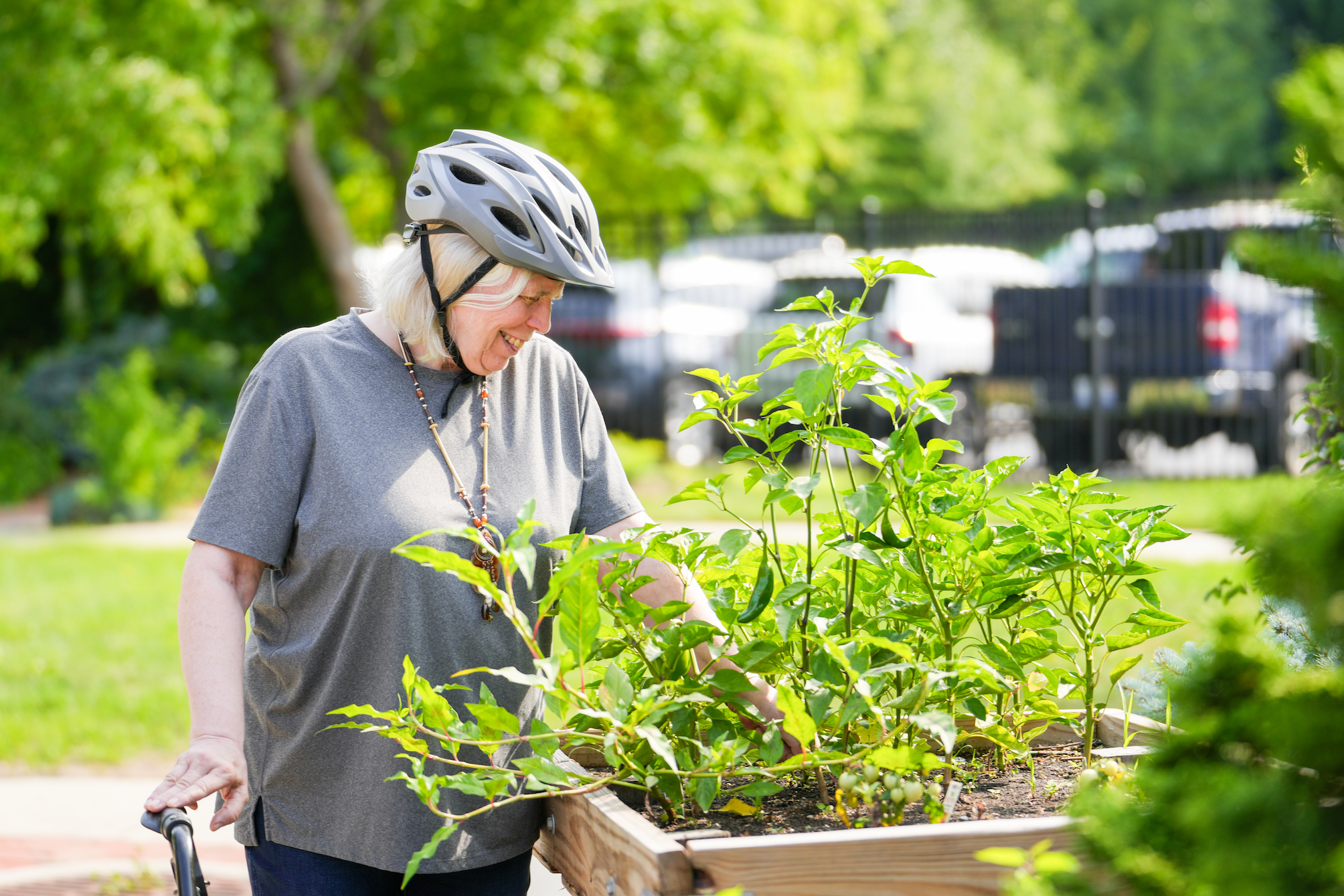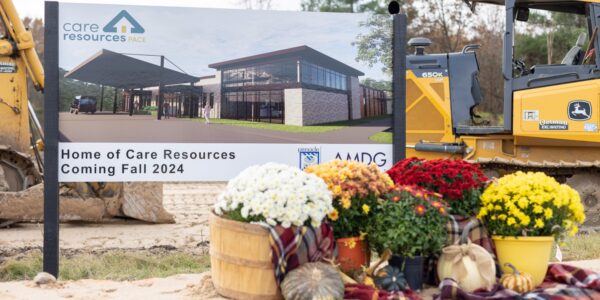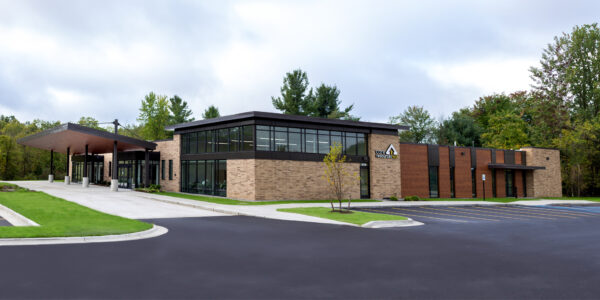“If you don’t use it, you lose it.”
So says Garth Falkins, a recreational therapy manager for Care Resources, addressing not only the services Care Resources provides older adults at its Day Center at 4150 Kalamazoo Ave. SE, but also what activities it can help those same participants enjoy in their own homes.
Care Resources is a community-based program for qualifying adults 55 years and older that promotes healthy independent living – physically, socially and emotionally – to help prevent nursing home placement.
“Our ultimate goal,” says Falkins, who’s been in place at Care Resources since 2006, “is to keep people at home and provide health and wellness options to them and their families throughout their life span. While they may end up in skilled nursing care, our goal is to keep them out for as long as possible.”
So, what does that look like?
- Exercise: A physical or occupational therapist might develop in-home exercise routines for participants to do alongside therapy or restorative programs in the Day Center. These might include stretches and other activities designed to improve flexibility, range of motion, cardiovascular health and handling the daily affairs of living.
- Nutrition: Care Resources provides access to dieticians who can provide education on balanced diets and eating habits within their homes. This may include tips on how to purchase and prepare food to improve the nutritional value of meals.
- Socialization: Care Resources assesses social needs and abilities within the home in order to make recommendations about out-of-home social opportunities available through the Day Center or other community sources. Technology can also be used to provide in-home activities such as listening to music or audiobooks, playing digital games, and more.
“Our interdisciplinary team clinicians go in and assess a person’s need, and we go from there,” Falkins says. “We cover all the disciplines: physicians, therapy, nursing, dieticians, nursing, and social work, to name a few.”
That includes communicating with participants by video chat, or setting them up with others who have like interests and are able to connect digitally.
“We want to increase their activity levels, and there is no limit.”
Falkins also notes that health and wellness goals are established early on, during the standard intake process that helps the organization gauge participants’ financials, their living conditions – “anything that helps us create a unique program specifically tailored to their needs” – taking into account beliefs, physical abilities, cognition, emotional needs, medical needs, etc.
“From a social standpoint, we rely on our assessments to build our Day Center calendars and activity programs for when participants visit us, but also look at potential interventions that we can add or put into their home to continue to socialize and enjoy high quality of life,” Falkins says. “This can include arts and crafts, experiences revolving around horticulture, religious activities, movies, music, and more.”
Falkins stresses that Care Resources employees work as a team to accomplish this, relying on one another to take note of things a person enjoys, then “work together to create the best plan and programs to meet a person’s needs.”
The result?
“In the end, our participants are experiencing an increased sense of belonging,” Falkins says. “We’re enhancing their mental health as well as their physical health, and improving quality of life for them and for their loved ones.
“We’re bringing healthy alternatives into an environment they know to be comfortable and safe. In doing so, we’re keeping them happy and healthy in their homes, a place all of us want to remain for as long as we possibly can.”
More information about Care Resources is available at careresources.org.
Last updated 08.29.2023 I H5610_WEB



